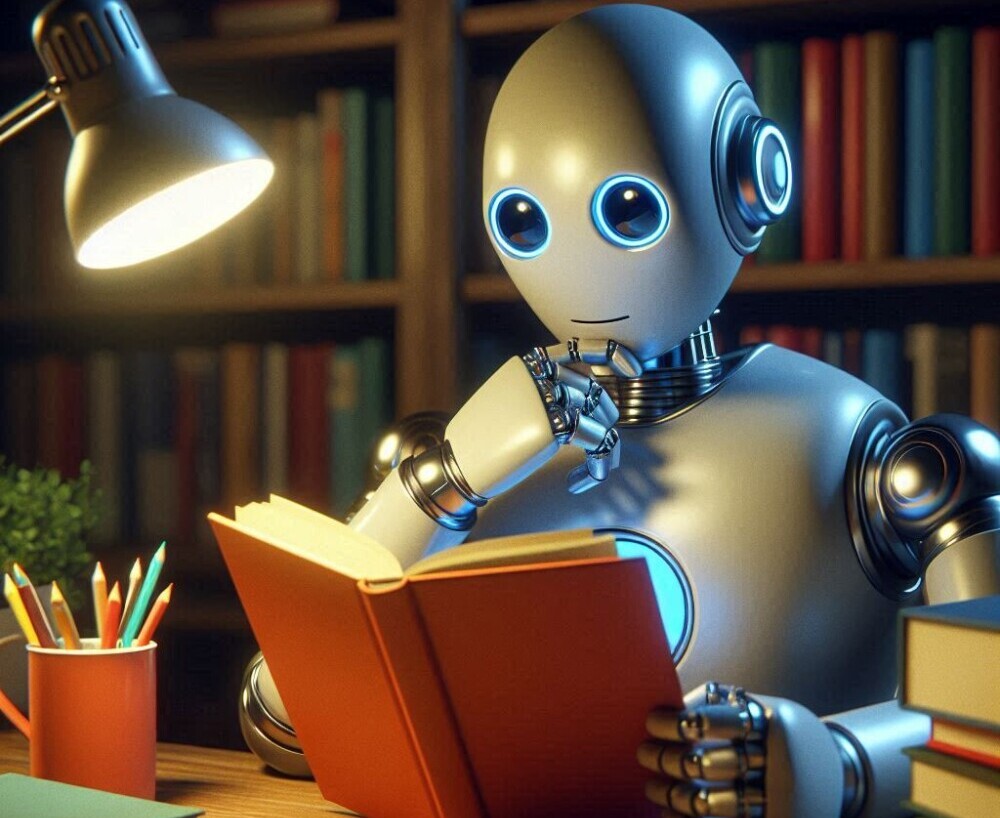 Machine learning models can seem like mysterious beasts if you’re not familiar with them. So, what exactly is a machine learning model? Simply put, it’s a system that can make predictions or decisions based on data. Think of it as a digital crystal ball, trained to see patterns in the past and make educated guesses about the future.
Machine learning models can seem like mysterious beasts if you’re not familiar with them. So, what exactly is a machine learning model? Simply put, it’s a system that can make predictions or decisions based on data. Think of it as a digital crystal ball, trained to see patterns in the past and make educated guesses about the future.
The world of technology is bursting with machine learning models, and they’re doing everything from recommending your next favorite song to detecting fraudulent bank transactions. They’ve been around longer than you might think, with roots dating back to the mid-20th century. Alan Turing and his contemporaries threw down the first gauntlet by beginning to explore what’s possible with artificial intelligence.
These models have real-world chops, too. Consider self-driving cars, one of the flashiest applications. They use machine learning models to navigate, make split-second decisions, and keep passengers safe. Or look at healthcare, where machine learning helps diagnose diseases like cancer earlier and more accurately, potentially saving countless lives.
Machine learning models are everywhere and not just in algorithms spinning in a server somewhere. They’re practical, impactful, and increasingly essential in our everyday tech landscape. Understanding them gives you a front-row seat to where tech is heading next.
The Architecture of Machine Learning Models: Building Blocks and Components
Machine learning models might seem complex, but they all stand on a few key pillars. At the heart of it all are algorithms. These are like the brains of the operation, processing data and creating outputs. But not all algorithms are created equal – think of them as different styles of cooking. You might choose a recipe that suits your ingredients or the cuisine you fancy.
Data plays the starring role. You’ve got your data sets, the raw ingredients, which can vary wildly depending on the application. High-quality data is crucial, as flawed or biased data can mess with even the finest tuned model. Garbage in, garbage out, as they say!
The process of training, testing, and validation is where models learn and prove their stripes. Training is about crunching numbers and spotting patterns, like teaching a friend to spot a type of bird; testing checks how well the model is doing, and validation makes sure it can handle all kinds of data thrown its way.
Each model falls under one of a few learning types. Supervised learning deals with data in predefined categories, unsupervised learning finds patterns without guidance, and reinforcement learning learns by trial and error – much like how you might learn to ride a bike.
So there’s the architecture – algorithms, data, processes, and learning types, all working together. Understanding these components helps make the seemingly magical world of machine learning models a bit more tangible.
Navigating the Model Lifecycle: From Development to Deployment
Creating a machine learning model is a journey, kind of like crafting a work of art. It starts with development, where concepts take shape. Researchers and engineers brainstorm, tweaking algorithms and adjusting settings to lay the foundation.
Building a model comes with challenges, including ethical concerns around bias. Models can unintentionally learn and repeat prejudices embedded in data. Keeping human oversight and ethical guidelines in mind is crucial throughout the process to ensure fairness and transparency.
Deployment is when the model leaves the lab and enters the real world, ready to tackle real problems. Different applications require different strategies. How you roll out a model for detecting spam emails will differ from launching one to guide an autonomous car.
Once a model is out there, it doesn’t just fend for itself. Post-deployment maintenance is essential. Regular updates and monitoring are necessary to keep the model accurate and reliable, similar to maintaining software with patches and fixes.
Understanding this lifecycle from creation to ongoing care helps you see why machine learning models are more than theoretical concoctions—they’re dynamic tools contributing to innovation and real-world change.
The Future of Machine Learning Models: Emerging Trends and Innovations
Machine learning is evolving fast, riding the wave of new trends and tech breakthroughs. Innovations like GPT and Transformers are changing the game, offering models that generate text and analyze language with an understanding that’s pretty close to human levels.
Improving model interpretability and explainability is a hot topic. People want to know how decisions are made, which means tools and techniques to open that black box are in demand. It’s about building trust—users need models they can rely on and understand.
Looking ahead, the convergence of AI and machine learning promises even more advancements. They’re enhancing everything from creating more natural human-computer interactions to predictive analytics that anticipate needs before they’re voiced.
And let’s not forget responsible AI. The goal is models that operate sustainably and ethically, ensuring they benefit society as a whole. It’s a balancing act between innovation and responsibility, but one that’s crucial for shaping a future where technology works for everyone.
This future landscape offers an exciting and somewhat unpredictable journey. Machine learning models are poised to sit at the intersection of innovation and ethics, focusing on using their power for good.
